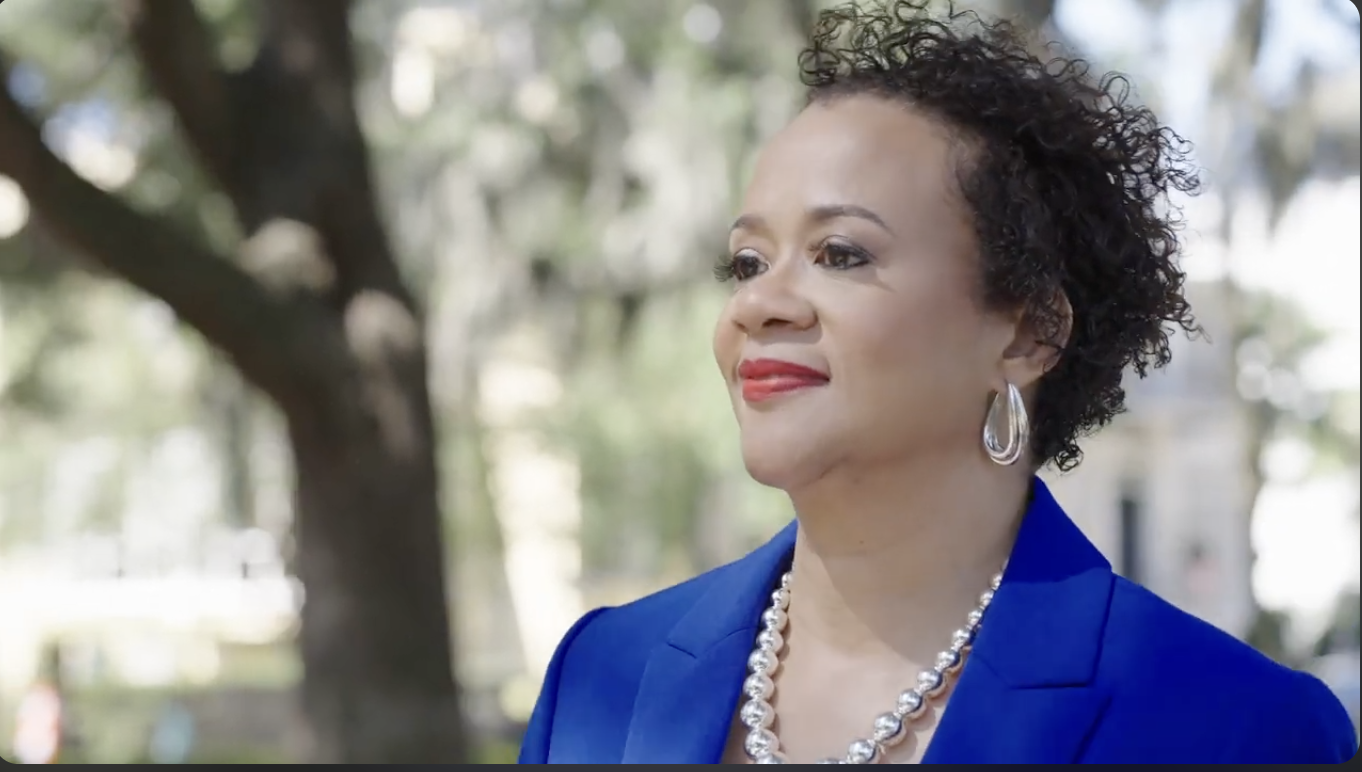The rise of low-cost airlines in the late ’60s not only made quick, purpose-driven travel more accessible, it also cultivated the belief that every American should have the chance to experience air travel. Southwest Airlines has embraced this core purpose for over five decades, delivering a disruptive and distinctive business model characterized by low fares and direct travel. The Dallas-based airline has long prioritized a people-first approach, successfully nurturing a loyal customer community and employee base.
46% profit slump leads Southwest to reassess strategy moving forward
This week, Southwest was forced to enact sweeping changes to its business model in a last-resort cost-cutting initiative as it battles a worrisome profit slump. In July, Southwest reported a drop in profit of more than 46% despite its second-quarter revenue rising 4.5% from last year.
The airline has officially confirmed that its open seating model will be scrapped by 2026 and a premium extra legroom section will be introduced in an attempt to drive more revenue per passenger. Southwest will continue to offer its free two-bag policy, which has set itself apart from competitors for years. These new measures will not only aim to alleviate Southwest’s current financial troubles but also steer the airline in a new direction, allowing them to compete for years to come.
In any fiercely competitive market, businesses must stay ahead through proactive adaptation to keep customers satisfied. Strategic change, while preserving brand identity, can be challenging, but with a sharp eye for untapped opportunity, market pressures can often spark previously unimagined growth.
Meeting modern-day consumer expectations: The importance of personalization
Established leaders like Southwest must prioritize the focal point of consumer demand even at the expense of a previously trusted hardline approach. By 2024, it became clear that Southwest’s no-frills onboard strategy would meet an eventual fate of reformation. Skeptics of the low-cost model in the modern day have long warned that affordable airlines will eventually have to cater to the preferences of a middle market that values personalization and high-standard customer service, and that will undoubtedly require additional costs. According to the Bureau of Transportation Statistics, U.S. airlines lost $1.6 billion in the first quarter of 2024. For Southwest, the lesson might be this: Ditch the strategy that’s making you money now, and you might end up making even more.
“This is a very significant change. It may be one of the most significant changes we’ve ever gone through,” Southwest’s Ryan Green told CBS News when unveiling the new plans. Southwest is hoping to learn from its failures in recent years, according to CEO Bob Jordan, who has blamed COVID and Boeing delivery issues for slow growth: “We have not lived up to the financial goals I want or our shareholders want. That’s for sure,” he says.
“Making no excuses, it’s been a very tough couple of years—coming out of the pandemic, strike and staffing issues, now you’ve got a lot of ongoing delivery issues with Boeing—that’s really the number one thing affecting our plan,” Jordan told CNBC.
Future-focused: Southwest invests in transformative changes to market research
Southwest has also revealed an expansive proposal to refurbish its interiors for a modern era of aircraft travel. According to Simple Flying, these new cabin improvement plans “stem from research on the public’s definition of an enhanced onboard experience.” The new cabins, which will be rolled out over the next year, will include both USB A and USB C power ports, larger overhead bins and state-of-the-art extra space seating by Recaro.
Southwest is by no means pursuing a radical makeover to compete with the luxurious options of first-class carriers like Emirates or Turkish Airlines, or even domestic counterparts like United. However, it is clear from their public messaging there is an urgent need to present a more consumer-friendly image to a demanding and evolving high-end traveler market that was previously not prioritized.
The U.S. airline conducted “more than eight million simulation-based boarding trials” when devising its new approach to best match the passenger experience consumers now expect from modern-day air travel. By investing in state-of-the-art technology, Southwest is embracing innovation not just onboard, but behind the scenes as well. Using virtual realities to test strategy proposals allows businesses like Southwest to respond and adapt in real-time, far faster than traditional market research methods like surveys or focus groups. Virtual reality remains a transformative force for any industry in exploring consumer preference and will most certainly revolutionize the rate at which brands develop and market as we look forward.
How deregulation helped Southwest flourish
So what has ultimately set Southwest apart over the years? Well, you won’t be pampered or seated in reclining luxury, but the airline promises to charge as little as possible, for the simplest of services. Much of Southwest’s commitment is not just about appealing to the cost-conscious consumer but saving millions of dollars every year. Through its usage of secondary airports, the exclusive operation of a single aircraft type and an efficient point-to-point model, Southwest Airlines has effectively innovated to maintain low costs for decades—a trademark that has no doubt helped keep the operation afloat. Southwest wants you to know they are not like other airlines, and in their expansive history they’ve proven that. Now, as financial pressure looms over the airline, these latest demands for a companywide overhaul couldn’t have come sooner.
In 1978, the American aviation industry became heavily deregulated, and for the first time, Congress had approved the ability for airlines to set their fares and routes. While this represented a game-changing evolution for the future of attractive low-cost options, the subsequent years were turbulent as airlines navigated their newfound autonomy in a free market.
Like many others, Southwest was quick to branch out nationally in the 1980s amid the regulatory changes. It was only after the deregulation act that airlines rushed to combat operational costs with low fares, and this relentless push for expansion drove many carriers, including Pan Am, Eastern and Trans World, to the brink. The free market demands a balance between seizing opportunities and responsibly navigating challenges with an identifiable strategy and long-term plan—something Southwest understood as it exercised caution in avoiding the persistent pitfalls that were plaguing competitors.
The challenges of narrow profit margins
While other airlines were just beginning to grapple with the challenges of narrow profit margins and competitive pricing, Southwest capitalized on the advantages of deregulation to perfect its business model and refine the key elements that contributed to its early success in Texas. Southwest almost exclusively operated the Boeing 737 across all its routes, significantly lowering maintenance and parts costs, as well as eliminating the resources needed to train pilots on multiple aircraft models. Southwest also recognized the benefits of diverging from the traditional hub-and-spoke system by directly connecting multiple destinations, thereby eliminating the need for passengers to transfer at central hubs. This shift not only alleviated the pressures of potential delays and facilitated quick, cost-effective turnarounds, but it also led consumers to associate the Southwest brand with reliable and fast travel.
Innovation is not just a choice; it is a necessity. The fiercely competitive aviation market demands even the most reputable, longstanding legacy airlines make regular changes to their strategies in order to stay afloat. Now grappling with the realities of market pressure and a concerning financial situation, Southwest is unapologetically reforming itself for the modern age and has encompassed a valuable lesson for all businesses battling modern consumer demand—listen to your consumers, and let the product speak for itself.
Photo by Forsaken Films/Unsplash.com





